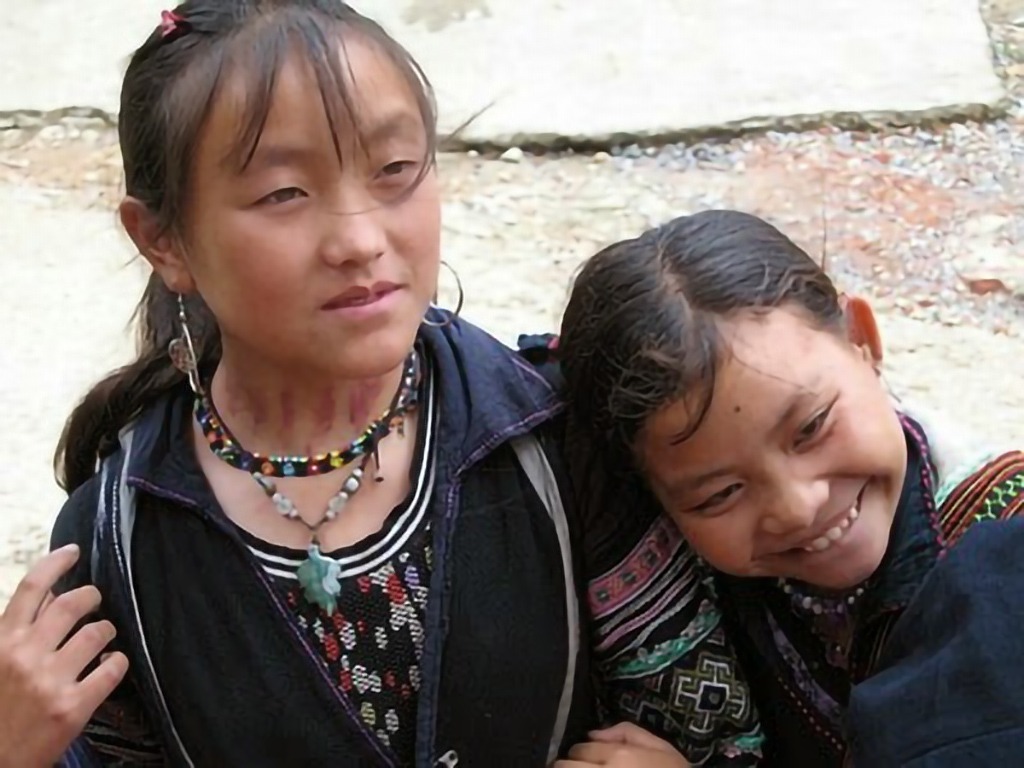
Hmong Cultural Profile
Hmong Cultural Profile

Country of Origin
The Hmong people relocated throughout their history, maintaining a strong sense of cultural identity and independence. Evidence suggests the Hmong lived in Siberia as similarities are seen between the Hmong and Siberian shaman practices. Chinese text suggests the Hmong originated in 2300 B.C. E. in northern central Asia, the area of present day Mongolia. Over centuries, people migrated south into Tibet and China, in the provinces of Yunnan, Guizhou, Sichuan, and Hunan. For several thousand years, the Hmong lived relatively independently while paying tribute to the Chinese government. However, under the oppression of the armies of the last dynasty in China, the Hmong rose in rebellion. In the 1800s, faced with political persecution, depleted soil fertility and increasing population pressure, some Hmong migrated into Southeast Asia. They settled in the mountains of northern Burma, Thailand, Laos, and Vietnam.
After the 1975 communist takeover in Laos, Hmong soldiers and family fled Laos to refugee camps in Thailand. Some Hmong remained in the Thai camps, while many resettled in other parts of the world. The worldwide Hmong population is approximately 6,000,000 in China where the Hmong are called Miao; 788,000 in Vietnam; 315,000 in Laos; 124,000 in Thailand; 2-3,000 in Burma; 250,000 in the United States; 8,000 in France; and 1,800 in Australia. The majority of Hmong living in the United States today are those who came directly from Laos or via Thai refugee camps. (Culhane-Pera, Vawter, Xiong, Babitt and Solberg, 2003) (Lee and Pfeifer, 2005)





Responses